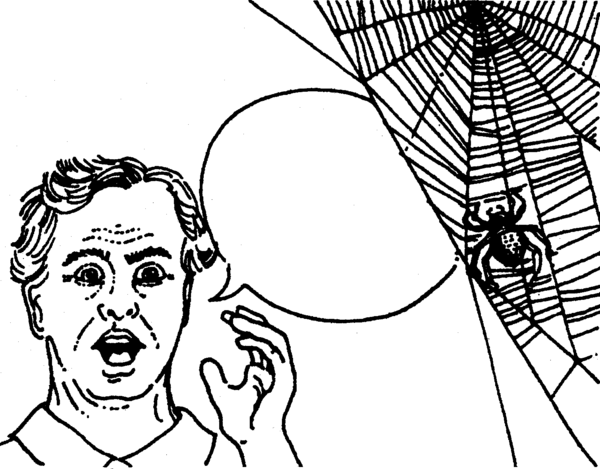| << Chapter < Page | Chapter >> Page > |
Listen carefully to the following passage while your educator is reading it to you.
Can you fill in the blank spaces?

POLLY WANTS A DICTIONARY
World’s most talkative parrot understands too!
We all say it when we’ve had enough – and Alex, an African Grey parrot, is no exception. When he feels his mistress is trying to stuff too many facts into his head he wastes no time telling her exactly how he feels.
“I’m leaving now,” he declares, and if she dares tell him he’s being ______ he makes his impatience felt with a squawked, “I want to go”, then turns his ______ away to show his disdain.
_______ doesn’t just learn things parrot-fashion, says Dr Irene Pepperberg, the University of Arizona academic who’s been ________ him for 18 years. “He doesn’t just copy people, he ________ what you say and what he says.”
When Dr Pepperberg gives Alex a piece of ________ and asks what it is, he moves it around in his curved beak a few times and says: “Wood”. If she’s holding two plastic keys, one smaller blue one and a ________ green one and she asks him: “What’s the difference, Alex?” he’ll immediately answer: “ __________” “Which one’s bigger?” she’ll ask. “Green,” he’ll reply.
Alex can identify 50 __________, among them cork – his favourite – water, wheat, wool, a ball, a toy car and a toy telephone which he calls “beeper.” Dr Pepperberg says he can ask for toys and clothes, recognize size and __________ and even count to six.
If he wants to call someone he’ll squawk, “Come here” or “Come back.” He’s very curious and his _________ questions are “What’s that?” and “What colour?”
But spending time and money on Alex isn’t just some bird-brained idea. The techniques used to teach him are already helping autistic and mentally handicapped children to learn.
Adapted slightly from: YOU magazine, 22 June 1995
[LO 1.5]
CHALLENGE!
Select an easy tune, preferably that of a nursery rhyme or folk song.
See how many insect names you can fit into the melody.
Sing it to the rest of your class.
Get them to LISTEN and count as you sing.
Which group has managed to fit the most creepies into the song?
FOR YOU TO DO:
| Group 1 | Group 2 | Group 3 | Group 4 | Group 5 | |
| Count the number of creepies mentioned in each song | |||||
| Tick the group who had the best song and presentation |
(not to be assessed)
[LO 1.1]




Study the cartoon strip and discuss the questions in your groups:
Figure 2 to 4:
[LO 2.1.6; 2.2.1; 3.1.5; 3.2.1]
In your area insects and bugs have become resistant to insecticides and have begun multiplying at an alarming rate.

Notification Switch
Would you like to follow the 'English home language grade 5' conversation and receive update notifications?